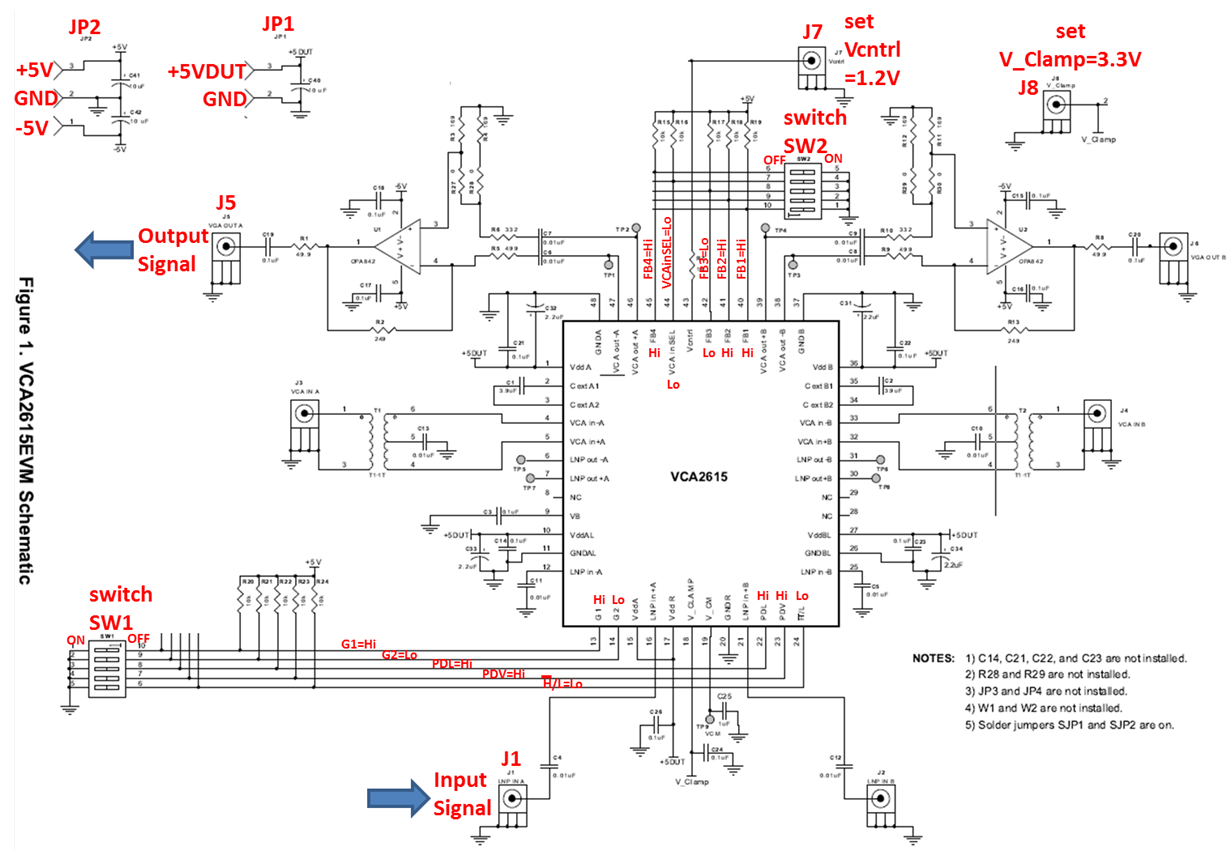Other Parts Discussed in Thread: VCA2617
Team,
Could you please clarify the below?
VCA261x are differential amplifers:
-VCA2617 specifies both the single ended and differential Maximum Input Voltage specification (see page 3 of SBOS326).
-For VCA2615 only one Maximum Input Voltage specification is given (see page 3 of SBOS316D).
Is it single ended of differential?
Thanks in advance,
A.


